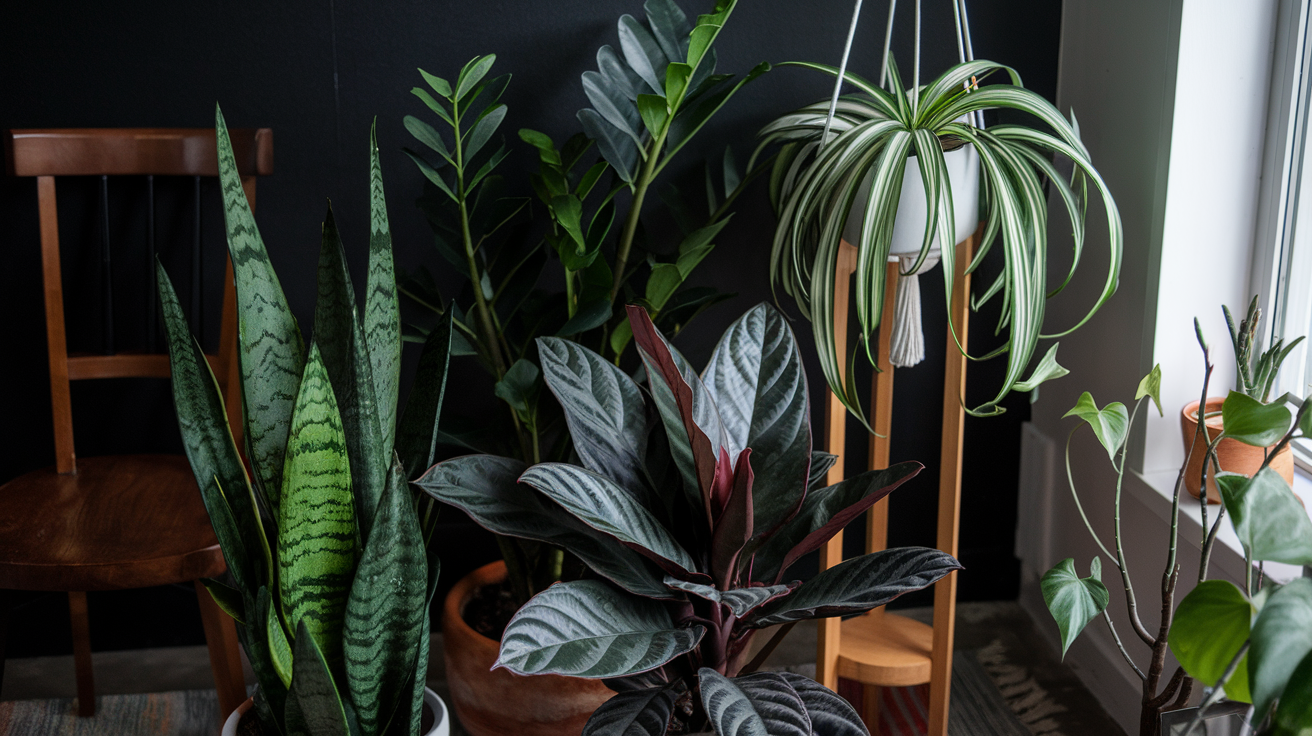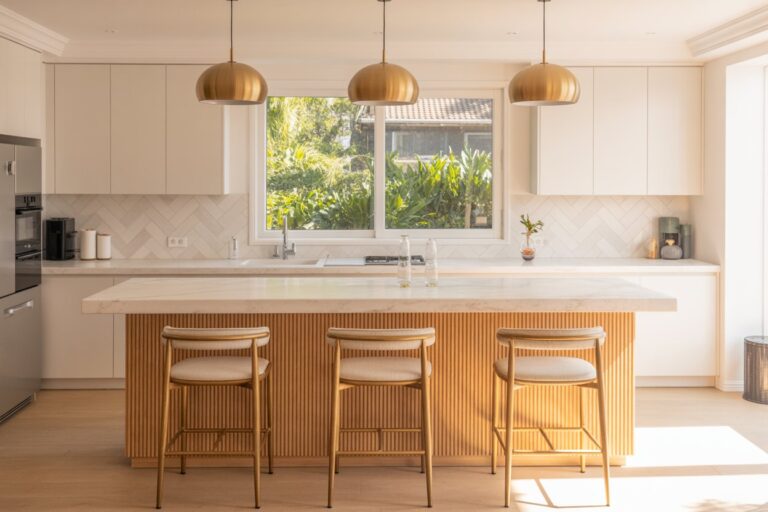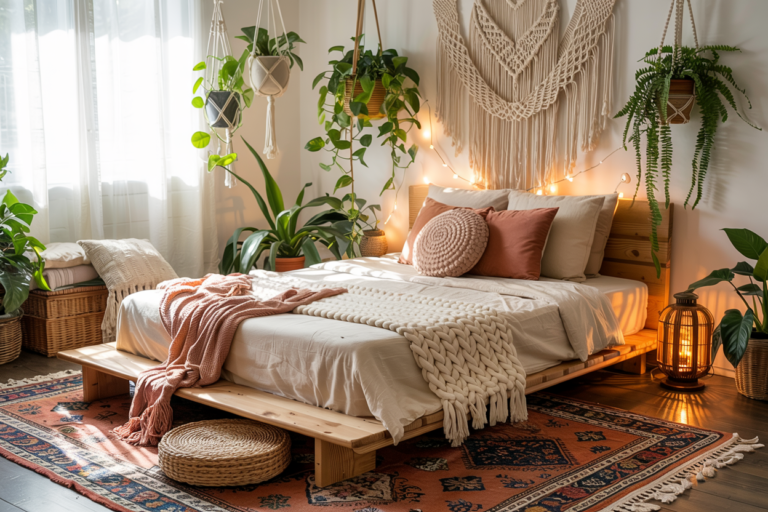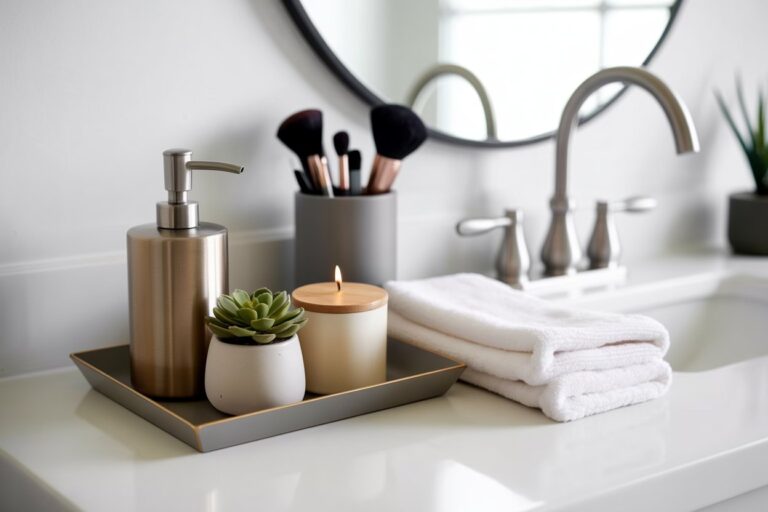If you have a dimly lit space at home or in your office, you may think growing houseplants is impossible.
But the good news is, many indoor plants thrive in low-light conditions!
Whether you want to add greenery to a north-facing room, a windowless bathroom, or a basement apartment, these low-maintenance plants will flourish even with minimal sunlight.
1. Snake Plant (Sansevieria)
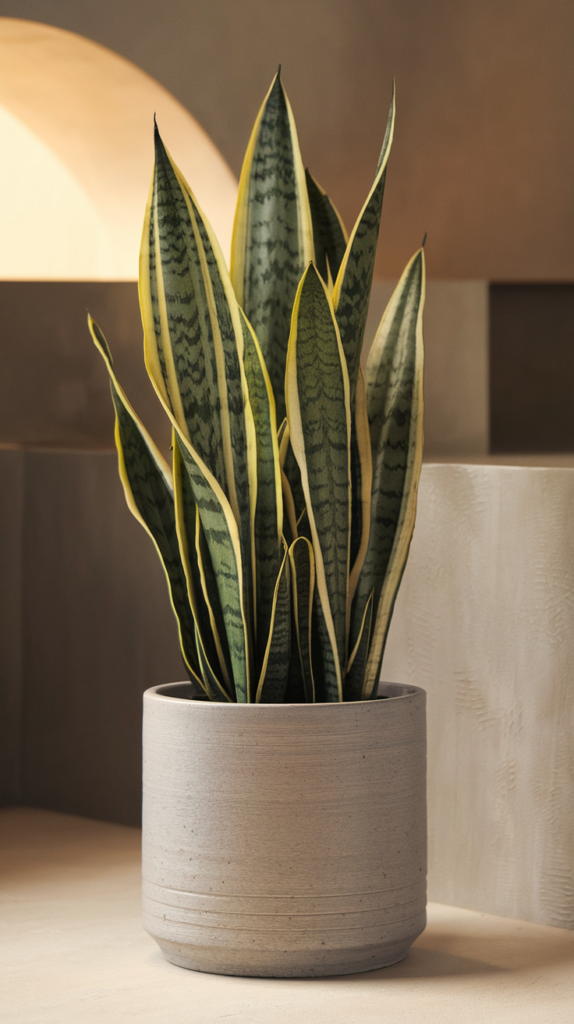
- Why It’s Great: One of the most resilient houseplants, the snake plant thrives in almost any condition, including very low light. It has long, upright leaves with striking variegated patterns that add a modern touch to any space.
- Care Tips: Water sparingly, as it prefers dry soil. It can tolerate neglect and occasional watering lapses, making it an excellent choice for busy plant owners.
- Bonus: Snake plants improve air quality by removing toxins like formaldehyde and benzene, making them ideal for bedrooms and offices.
2. ZZ Plant (Zamioculcas zamiifolia)
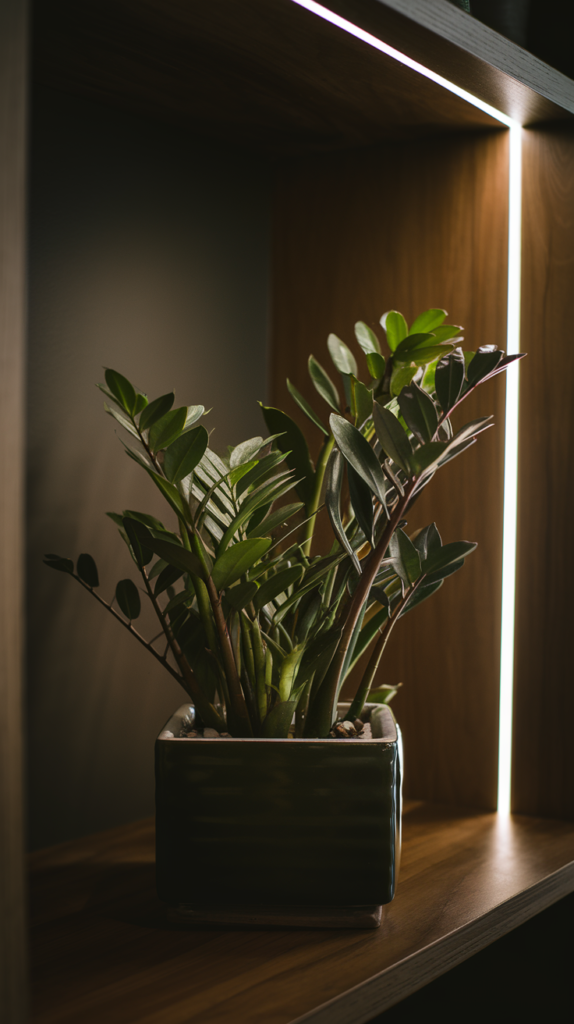
- Why It’s Great: Known for its glossy, dark green leaves, the ZZ plant is nearly indestructible and grows well in low light. It stores water in its rhizomes, allowing it to survive periods of drought.
- Care Tips: Water only when the soil is completely dry. Overwatering can cause root rot, which is the main threat to this hardy plant.
- Bonus: It requires very little maintenance and is ideal for beginners or forgetful plant owners. Its architectural appearance makes it a great addition to modern decor.
3. Pothos (Epipremnum aureum)
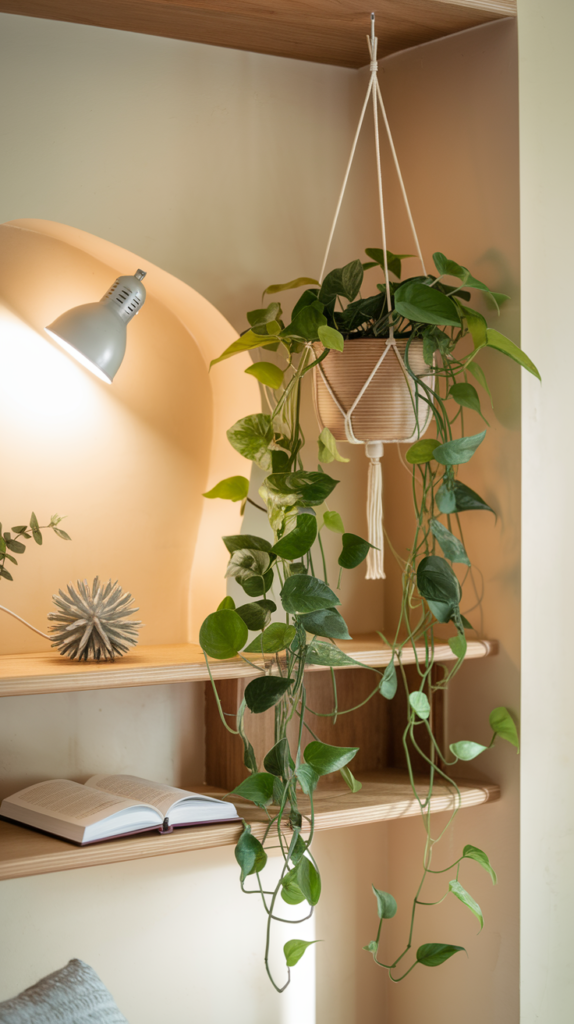
- Why It’s Great: A fast-growing vine that adapts to different lighting conditions, including low light. Its cascading foliage makes it perfect for hanging baskets or shelves.
- Care Tips: Water when the soil feels dry, and trim long vines to maintain its shape. Pothos can survive occasional neglect but thrives with consistent care.
- Bonus: Pothos is easy to propagate by cutting and rooting in water, making it a great plant to share with friends. It also helps purify indoor air by removing toxins.
4. Cast Iron Plant (Aspidistra elatior)
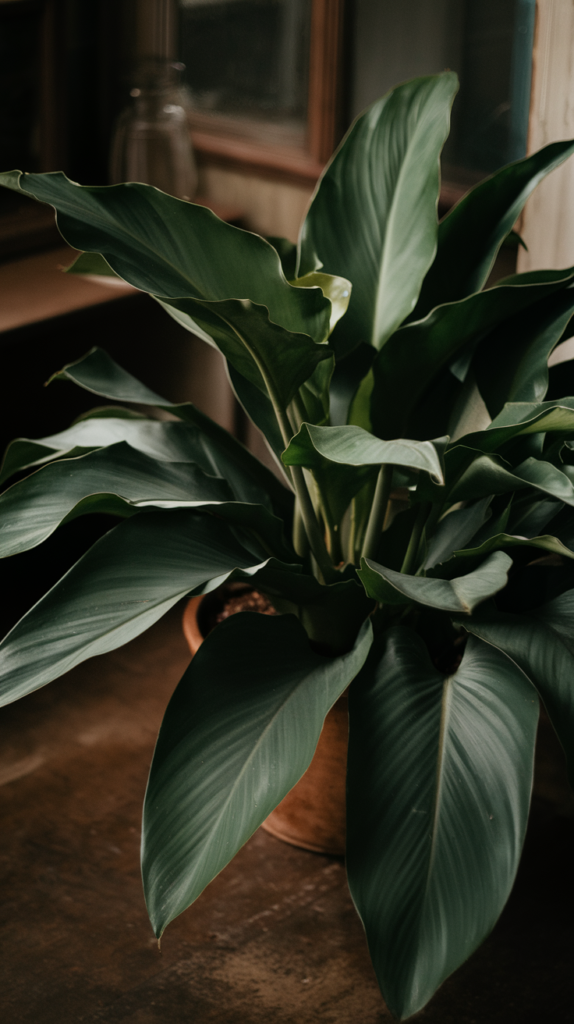
- Why It’s Great: As its name suggests, this plant is nearly indestructible and can thrive in low light and poor conditions. It has broad, deep-green leaves that give it a lush appearance.
- Care Tips: Keep soil slightly moist, but avoid overwatering. It can tolerate drought better than overwatering.
- Bonus: It’s non-toxic to pets, making it a great choice for households with animals. This plant is also resistant to most common pests and diseases.
5. Peace Lily (Spathiphyllum)
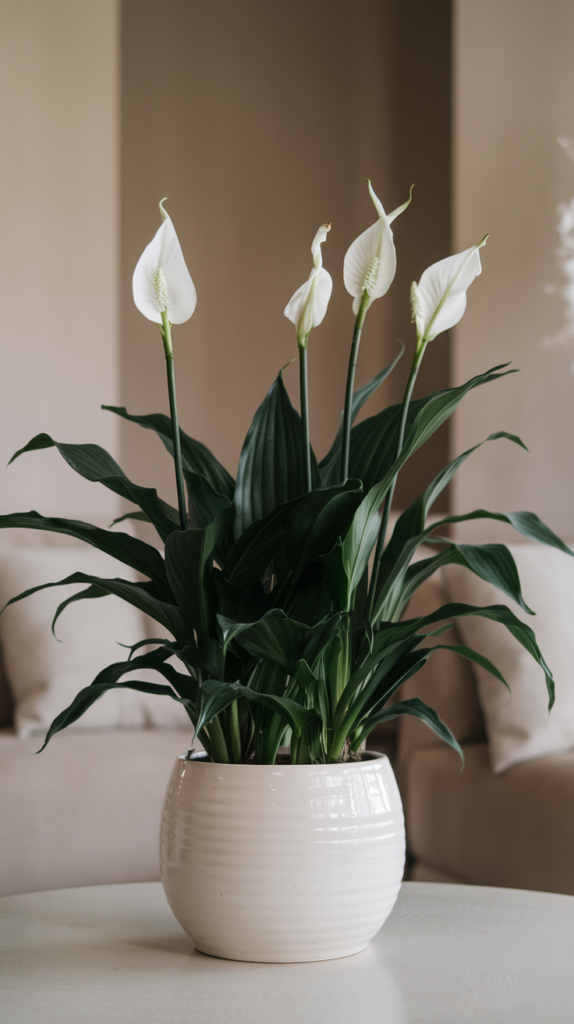
- Why It’s Great: A beautiful plant with elegant white blooms, the peace lily does well in low light and adds a touch of sophistication to any room.
- Care Tips: Keep soil moist but not soggy, and mist leaves occasionally to increase humidity. Peace lilies can tolerate some drought but will droop when thirsty.
- Bonus: It’s a natural air purifier that removes toxins from indoor air, such as ammonia and benzene. It’s perfect for improving indoor air quality.
6. Parlor Palm (Chamaedorea elegans)
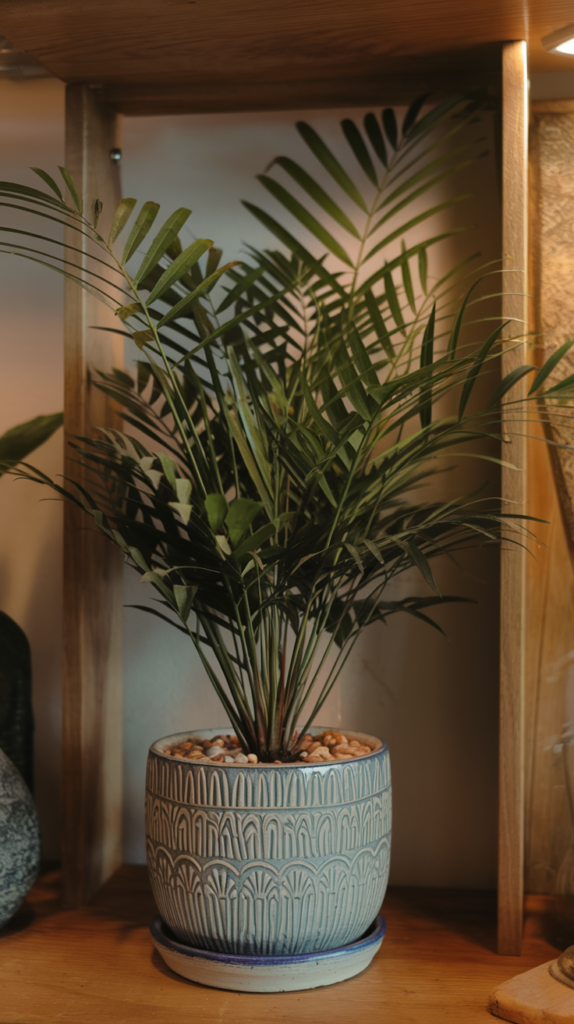
- Why It’s Great: A tropical plant that thrives in shade and adds a lush, elegant touch to interiors. It has delicate fronds that create a soft, natural aesthetic.
- Care Tips: Water when the top inch of soil is dry and avoid direct sunlight, as too much light can scorch its leaves.
- Bonus: It’s pet-friendly and safe for cats and dogs, making it a great choice for pet owners. It also adapts well to indoor humidity levels.
7. Dracaena (Dracaena spp.)
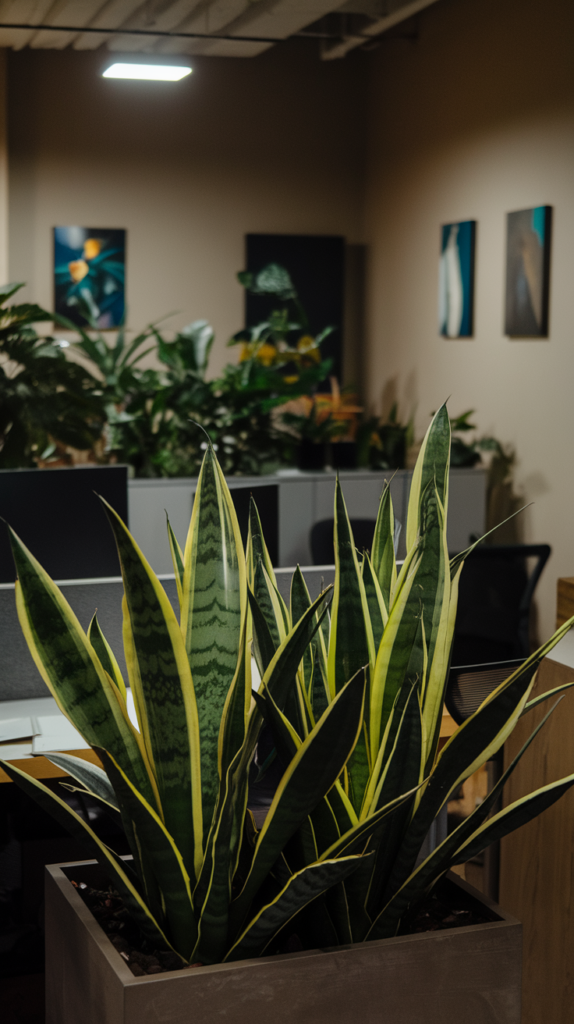
- Why It’s Great: This plant has striking, sword-like foliage and can tolerate low-light environments. Some varieties have colorful, striped leaves that add visual interest.
- Care Tips: Keep soil slightly moist but avoid overwatering, as Dracaena is sensitive to fluoride in tap water. Using filtered water is recommended.
- Bonus: It helps remove toxins from the air, making it a great addition to any room. Its unique shape makes it a stylish focal point in home decor.
8. Chinese Evergreen (Aglaonema)
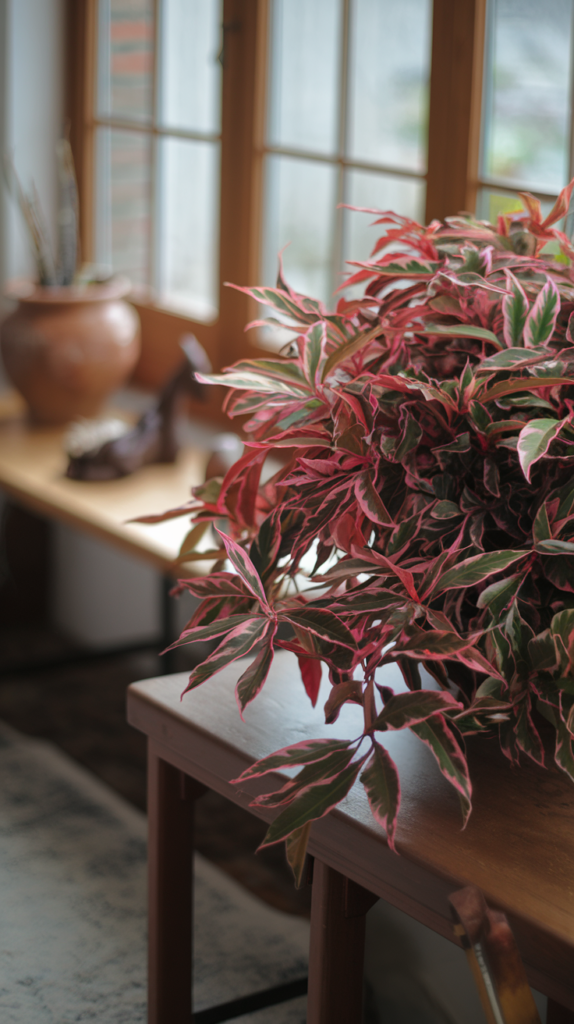
- Why It’s Great: A colorful, hardy plant that thrives in low light and requires minimal care. Some varieties feature striking red, pink, or silver patterns on the leaves.
- Care Tips: Water when the soil feels dry, and wipe leaves to keep them dust-free, which helps with photosynthesis.
- Bonus: Available in various leaf colors, including green, silver, and red, making it a versatile decorative plant.
9. Heartleaf Philodendron (Philodendron hederaceum)
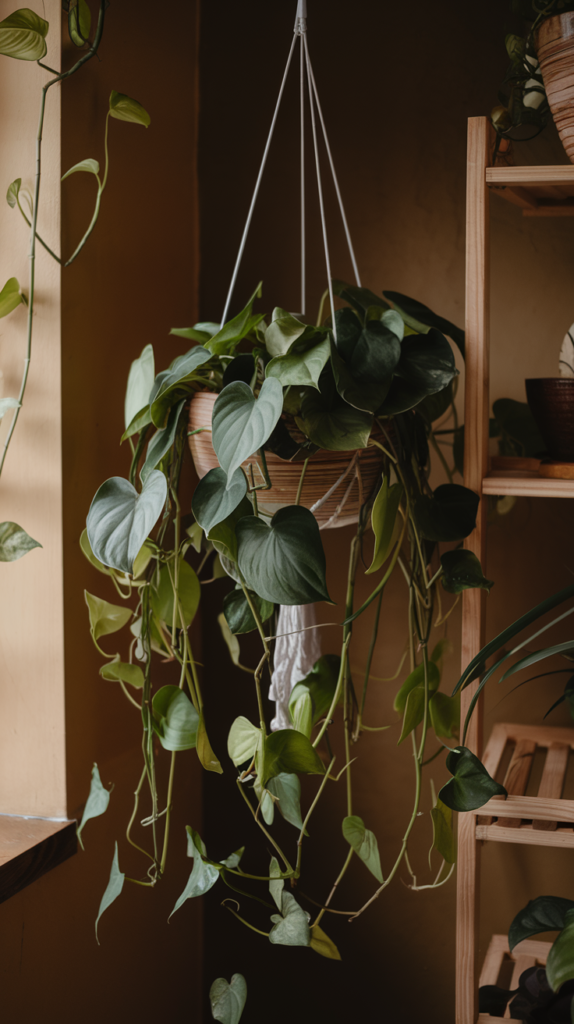
- Why It’s Great: A trailing vine with heart-shaped leaves that thrives in indirect and low light. It grows quickly and can be trained to climb a trellis or drape elegantly from a shelf.
- Care Tips: Allow the top layer of soil to dry out before watering. It prefers slightly moist soil but is forgiving if you forget to water it occasionally.
- Bonus: Easy to propagate and maintain, making it a great plant for both beginners and experienced plant lovers.
10. Ferns (Boston Fern, Maidenhair Fern, etc.)
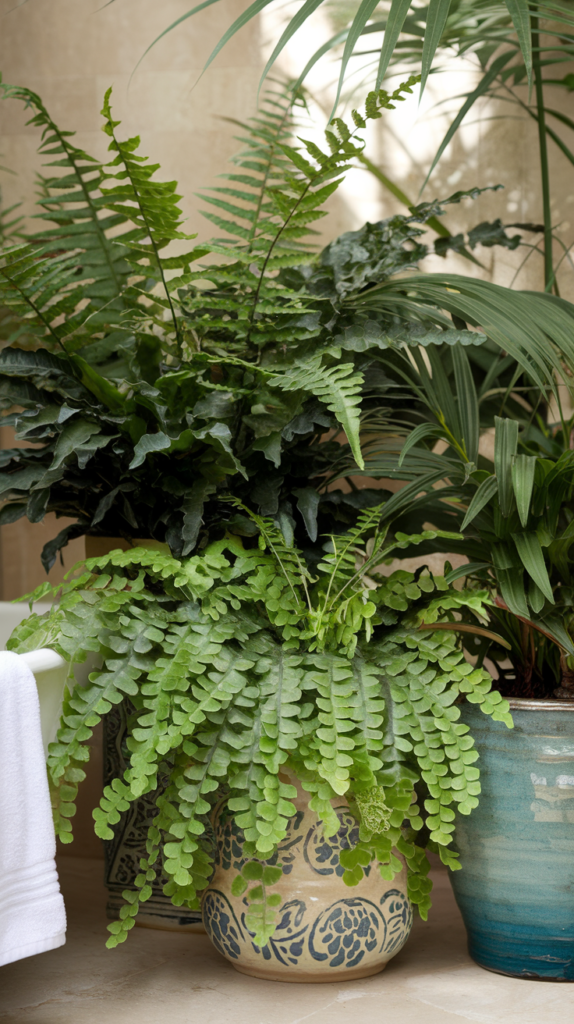
- Why They’re Great: Ferns bring a soft, lush feel to a space and thrive in humidity and low light. Their feathery fronds create a beautiful, delicate appearance.
- Care Tips: Keep soil consistently moist and mist them regularly to maintain humidity. Ferns thrive in bathrooms due to the naturally humid environment.
- Bonus: They make excellent bathroom plants due to their love for humidity, and they add a refreshing, green touch to any indoor space.
Final Tips for Growing Plants in Dark Rooms
- Rotate Your Plants: Even low-light plants benefit from occasional indirect sunlight.
- Use Artificial Grow Lights: If your room is very dark, consider using LED grow lights to supplement natural light.
- Avoid Overwatering: Most low-light plants prefer dry soil between waterings to prevent root rot.
- Clean the Leaves: Dust can block light absorption, so wipe leaves regularly to help them thrive.
With the right plant choices, even the darkest rooms in your home can be transformed into a lush indoor oasis.
Whether you’re looking for a striking snake plant, a cascading pothos, or an air-purifying peace lily, these plants will bring life to your low-light space!
